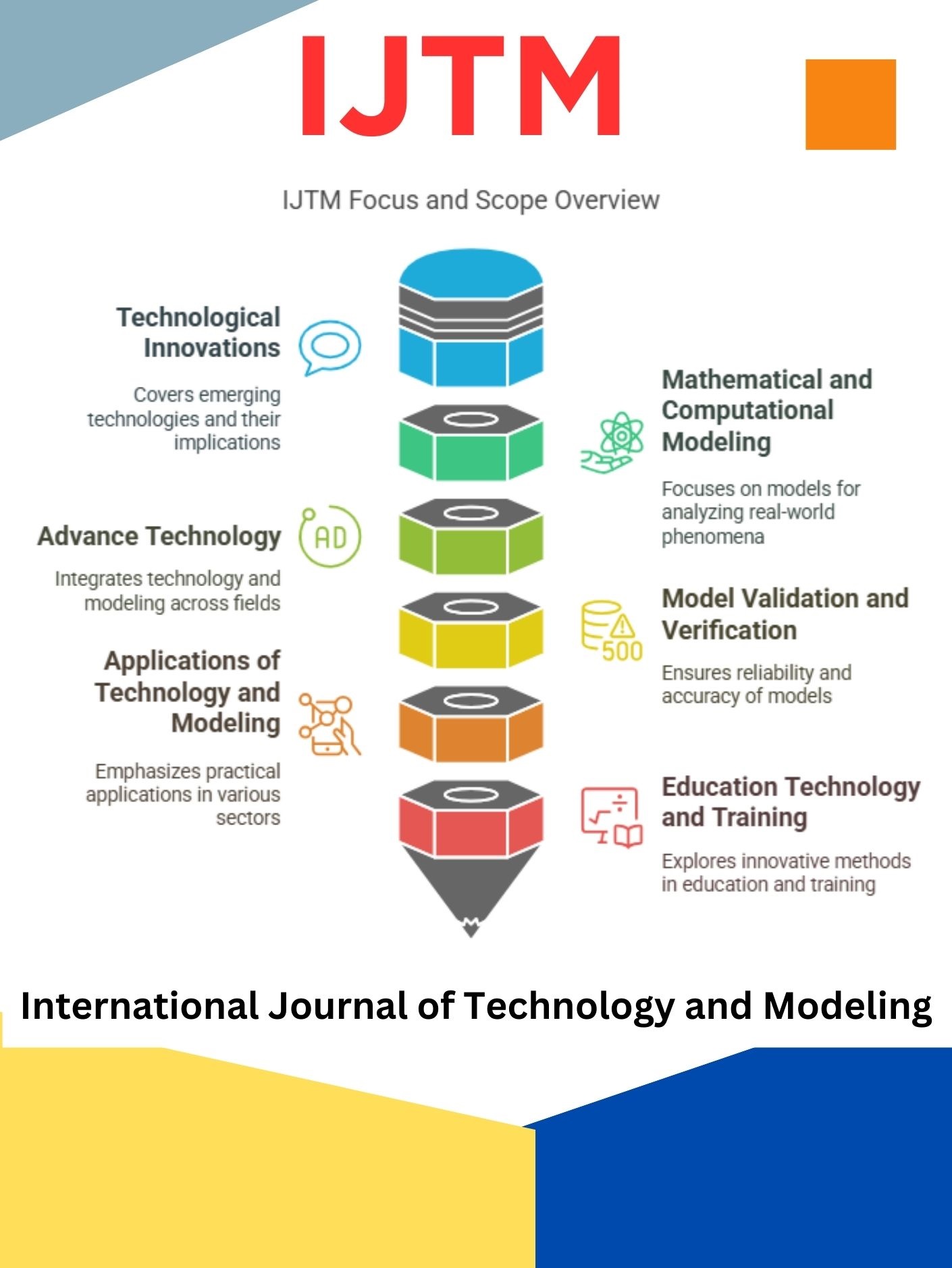Analysis of Students Mathematical Communication Ability Models on Set Materials
DOI:
https://doi.org/10.63876/ijtm.v1i1.4Keywords:
Mathematical Communication Ability, Set Models, Cognitive Development StageAbstract
This study aims to see and analysis: The ability of mathematical communication to connect actual items, photos and diagrams into mathematical thinking. The ability of mathematical communication to provide explanations for thoughts, conditions, writing with gadgets, pictures, graphs, and actual algebra. The ability to speak mathematically expresses ordinary events in language or mathematical symbols. The ability of mathematical conversation to create state versions through writing, concrete gadgets, pictures, graphs, and algebraic methods. Mathematical verbal exchange ability to provide explanations and make questions about mathematics that has been found. The method in this study uses a qualitative method. The results showed that the mathematical communication ability to connect real objects, pictures and diagrams became low mathematical inspiration. Mathematical communication skills mentioning ideas, situations, writing using real objects, pictures, graphs and algebra are classified as moderate. Mathematical communication ability models states that everyday occurrences in mathematical language or symbols are low. The ability of mathematical communication to produce examples of a situation through writing, real objects, pictures, graphs, and algebraic methods is low. The ability of mathematical communication to express and make questions about the mathematics that has been learned is low.
Downloads
References
N. Nurrizbaeni and L. S. Zanthy, “Analisis Kemampuan Komunikasi Matematik dan Disposisi Matematik Siswa Mts Nurul Hatta Kelas VII Pada Materi Himpunan,” J. Educ., vol. 01, no. 03, pp. 29–36, 2018.
Y. Jamiah and A. Y. T, “Ditinjau Dari Motivasi Belajar Pada Materi Himpunan,” pp. 1–8.
S. Hilmi Zaki Islahati, Rezza Trie Kusdayati, “Implementasi Bilangan Bulat pada Permainan Tradisional Congklak,” Nurjati J. Math. Math. Sci., vol. 1, no. 2, 2021.
Y. Yuzalia and H. Nufus, “Analisis Newman ’ s Error Penyelesaian Soal-Soal Pada Materi Himpunan Berbasis Kemampuan Komunikasi Matematis berdasarkan Gaya Kognitif dan Habits of Mind,” vol. 4, no. 2, pp. 113–122, 2021.
D. A. Az Zahra Saluky, “Aplication of Graph Coloring Techniques in Scheduling Exams With The Welch-Powell Algorithm,” Objective, vol. 1, no. 2, pp. 1–6, 2022.
A. Artikel and V. I. I. S. M. P. Instrumen, “Judika (jurnal pendidikan unsika),” vol. 7, pp. 10–19, 2019.
R. Deviyani, Anggrianti, and L. S. Zanthy, “Analisis Kemampuan Pemecahan Masalah dan Komunikasi Matematik Pada Materi Himpunan,” J. Educ., vol. 01, no. 03, pp. 217–222, 2019.
Saluky, “A Survey on Abandoned Objects Detection from CCTV Surveillance,” ITEJ (Information Technol. Eng. Journals), vol. 5, no. 2, pp. 105–118, 2020.
W. Dianti, Zubaidah, and Hamdani, “Kemampuan Komunikasi Matematis Siswa Dalam Materi Himpunan Di Kelas VII SMP Negeri 7 Kubu Raya,” J. Pendidik. dan Pembelajaran Khatulistiwa, vol. 7, no. 7, pp. 1–8, 2018.
S. F. Andini and R. Marlina, “Analisis Kemampuan Komunikasi Matematis Siswa SMP dalam Menyelesaikan Soal Pada Materi Himpunan,” J. Pembelajaran Mat. Inov., vol. 4, no. 2, pp. 343–354, 2021, doi: 10.22460/jpmi.v4i2.343-354.
Wiyanti dan Marlina, “Analisis Kemampuan Komunikasi Matematis Siswa Kelas VIII A SMP Karawang Barat Dalam Menyelesaikan Soal Himpunan,” Pros. Semin. Nas. Mat. dan Pendidik. Mat. Sesiomadika, pp. 818–819, 2019.



